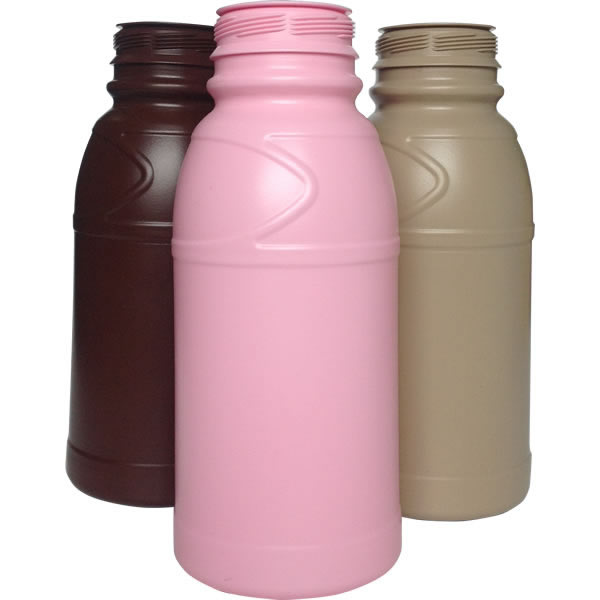HDPE Plastic Bottles: A Sustainable Choice for a Greener Future
In an era of increasing environmental consciousness, the need for sustainable packaging solutions has become more crucial than ever. HDPE (High-Density Polyethylene) plastic bottles have emerged as a viable option, offering numerous advantages in terms of functionality, safety, and environmental impact. This blog post aims to delve into the world of HDPE plastic bottle, exploring their properties, applications, and the ways they contribute to a greener future.
HDPE is a versatile thermoplastic polymer derived from petroleum. Its high-density structure makes it highly resistant to impact, chemicals, and moisture, making it an ideal material for packaging. The plastic bottle 100ML is known for its durability and strength, ensuring the safe storage and transportation of various products.
Applications of HDPE Plastic Bottles
HDPE plastic bottles find applications across a wide range of industries. They are commonly used in the packaging of household cleaning products, personal care items, pharmaceuticals, and food and beverage products. The versatility of HDPE allows it to be moulded into different shapes and sizes, making it suitable for a variety of products.
Advantages of HDPE Plastic Bottles
- Sustainability: HDPE plastic bottles are recyclable and can be converted into new bottles or other plastic products. This reduces the dependence on virgin materials and minimizes waste.
- Lightweight: HDPE bottles are lightweight, reducing transportation costs and energy consumption during shipment.
- Chemical Resistance: HDPE has excellent chemical resistance, ensuring that the product inside the bottle remains unaffected by external factors.
- Safety: HDPE is considered a safe material for packaging food and beverages as it does not leach harmful chemicals into the contents.
- Durability: HDPE bottles are highly durable, reducing the risk of breakage and spillage during storage or transportation.
- Cost-Effectiveness: HDPE plastic bottles are cost-effective, making them a popular choice for both manufacturers and consumers.
Environmental Impact
One of the key advantages of HDPE plastic bottles lies in their positive environmental impact. The recyclability of HDPE reduces the burden on landfills and decreases the demand for new plastic production. Furthermore, the lightweight nature of HDPE bottles reduces carbon emissions associated with transportation, contributing to lower greenhouse gas emissions. The use of HDPE also helps conserve natural resources, as it requires fewer raw materials compared to alternative packaging materials like glass or metal.
Future Developments
As sustainability continues to be a priority, the development of biodegradable or bio-based alternatives to traditional HDPE plastic bottles is being explored. Researchers are actively working on incorporating renewable materials and utilizing advanced manufacturing techniques to create environmentally friendly packaging solutions.
Recycling HDPE Plastic Bottles
The recycling process for HDPE plastic bottles is well-established and widely practised. After collection, the bottles are sorted, cleaned, and shredded into small pieces. These pieces, known as flakes, are then melted and formed into pellets. These pellets can be used to manufacture new HDPE bottles or other plastic products. Recycling HDPE bottles not only conserves resources but also saves energy compared to producing new plastic from raw materials. It is important for consumers to participate in recycling programs and dispose of their HDPE bottles in designated recycling bins to ensure their proper recycling and contribute to the circular economy.
Responsible Usage and Disposal
While HDPE plastic bottles offer environmental advantages, responsible usage and disposal are essential. Consumers can make a difference by opting for products packaged in HDPE bottles, choosing refillable options when available, and properly recycling their bottles after use. Manufacturers also play a crucial role by promoting responsible packaging practices, optimizing bottle designs for recycling, and exploring sustainable alternatives. Governments and regulatory bodies can implement policies and initiatives that support recycling infrastructure and promote the use of recycled materials in packaging.
Final thoughts
HDPE plastic bottles are a testament to the potential for sustainable packaging solutions. Their recyclability, lightweight design, and positive environmental impact make them a preferred choice for various industries. By embracing responsible usage, recycling, and innovation, we can harness the full potential of HDPE plastic bottles and pave the way for a greener and more sustainable future.
